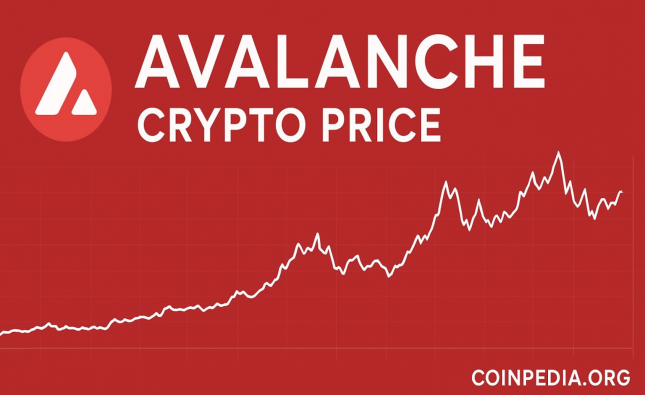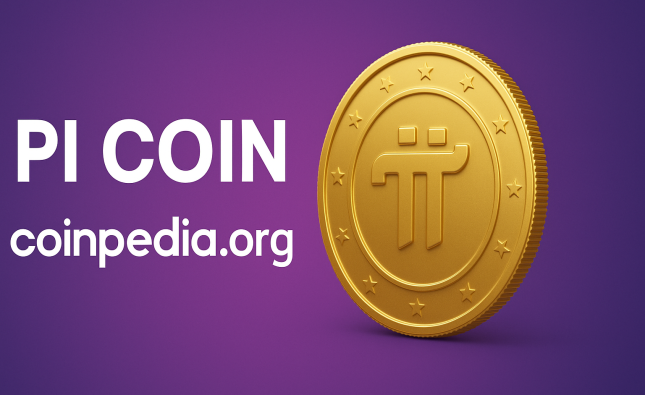
About the Author:
Sarah Jones is a seasoned social media strategist with over 10 years of experience helping businesses of all sizes build their online presence. She’s passionate about empowering entrepreneurs and marketers with the tools and techniques they need to thrive on social media.
Introduction:
Do you ever feel like you’re constantly scrambling to create content for social media? You’re not alone. Juggling content creation with the daily demands of running a business can be a recipe for stress and inconsistency. But there’s a better way! By implementing a social media content calendar and scheduling your posts in advance, you can take control of your social media strategy and free up valuable time to focus on other areas.
The Power of Planning: Why You Need a Social Media Content Calendar
Imagine this: a world where your social media presence runs like a well-oiled machine. You have a steady stream of engaging content flowing out to your audience, and you’re not constantly scrambling at the last minute to come up with something to post. This is the power of a social media content calendar.
A content calendar is a roadmap for your social media strategy. It helps you:
- Plan and organize your content: Define what you’ll be posting, when you’ll be posting it, and on which platforms.
- Maintain consistency: Schedule posts in advance to ensure a regular presence and keep your audience engaged.
- Align your content with your goals: Ensure your content supports your overall marketing objectives.
- Save time and resources: Eliminate the stress of last-minute content creation.
- Measure your results: Track engagement metrics to see what’s working and what’s not.
With a content calendar in place, you can take a proactive approach to your social media marketing, ensuring a more consistent and impactful online presence.

Building Your Calendar: Key Elements and Considerations
Now that you’re convinced of the power of a content calendar, let’s dive into how to build your own. Here are some key elements and considerations:
- Target Platforms: Identify the social media platforms you’ll be focusing on (e.g., Facebook, Instagram, Twitter). Each platform has its own unique audience and content preferences, so tailor your strategy accordingly.
- Posting Dates & Times: Schedule your posts in advance for optimal engagement. Research the best times to post on each platform to maximize reach and visibility.
- Content Types: Mix up text, images, videos, and other formats to keep your audience engaged. Experiment and see what resonates best with your followers.
- Content Themes: Align your content with your brand pillars and target audience interests. What are you passionate about? What value can you offer your audience?
- Hashtags: Include relevant hashtags to increase reach and discoverability. Use a mix of popular and niche hashtags to target your ideal audience.
- Calls to Action: Encourage engagement by asking questions or prompting users to take specific actions (e.g., share your post, visit your website).
- Notes & Approvals: Add comments or reminders for team collaboration. This is especially helpful if you’re working with a team of social media managers.
See it in Action: Social Media Content Calendar – Key Elements
| Element | Description |
| Target Platforms | Identify the social media platforms you’ll be focusing on (e.g., Facebook, Instagram, Twitter) |
| Posting Dates & Times | Schedule posts in advance for optimal engagement |
| Content Types | Mix up text, images, videos, and other formats to keep your audience engaged |
| Content Themes | Align your content with your brand pillars and target audience interests |
| Hashtags | Include relevant hashtags to increase reach and discoverability |
| Calls to Action | Encourage engagement by asking questions or prompting users to take specific actions |
| Notes & Approvals | Add comments or reminders for team collaboration |
By considering these elements, you can create a comprehensive and flexible content calendar that meets your specific needs and goals.
Content Inspiration: Brainstorming Engaging Ideas
Now that you have a solid foundation for your social media content calendar, let’s explore ways to fill it with engaging and inspiring content. Here are some tips to get your creative juices flowing:
- Know Your Audience: Who are you trying to reach? What are their interests and pain points? Tailor your content to resonate with their needs and desires.
- Follow Industry Trends: Stay updated on current events and industry trends relevant to your niche. Share insightful commentary or create content that capitalizes on trending topics.
- Curate Valuable Content: Don’t be afraid to share interesting content from other sources. Just be sure to credit the original creator and add your own unique perspective.
- Run Polls and Q&As: Encourage audience participation by running polls, quizzes, or Q&A sessions. This is a great way to gather valuable insights and foster a sense of community.
- Offer Behind-the-Scenes Glimpses: Give your audience a peek into your company culture or the creative process behind your products or services. This helps build trust and transparency.
- Celebrate Milestones and Holidays: Acknowledge special occasions, holidays, or industry milestones with relevant content. This shows you’re engaged with the world around you.
- Repurpose Existing Content: Breathe new life into existing blog posts, infographics, or videos by adapting them for different social media platforms.
- Host Contests and Giveaways: Generate excitement and brand awareness by running contests or giveaways. Offer prizes that your target audience will value.
By implementing these strategies, you can consistently generate fresh and engaging content that keeps your audience coming back for more.
Scheduling Strategies: Finding the Perfect Posting Times
Once you have a content calendar brimming with ideas, it’s time to schedule your posts for optimal engagement. Here are some key considerations:
- Understanding Your Audience: Research the times your target audience is most active on each platform. Tools like Facebook Insights or Sprout Social can provide valuable data.
- Experiment and Analyze: Don’t be afraid to experiment with different posting times and track your results. See what resonates best with your audience and adjust your schedule accordingly.
- Consider Platform Specifics: Each platform has its own peak usage times. Tailor your schedule to maximize reach on each platform you utilize.
- Leverage Scheduling Tools: Many social media management platforms allow you to schedule posts in advance, saving you time and ensuring consistency.
- Post Consistently: Aim to post regularly throughout the week, even if it’s just a few times a day. Consistency is key to building a loyal following.

Tools and Resources: Streamlining Your Workflow
Managing a social media presence can feel overwhelming, especially when juggling content creation, scheduling, and engagement. Thankfully, there are a plethora of tools and resources available to streamline your workflow and save you precious time. Here are some options to consider:
- Social Media Management Platforms: Tools like Hootsuite, Buffer, or Sprout Social allow you to schedule posts across multiple platforms, track engagement metrics, and collaborate with your team.
- Content Creation Tools: Platforms like Canva or Adobe Spark offer user-friendly templates and design elements to create visually appealing graphics and social media posts.
- Stock Photo and Video Libraries: Services like Shutterstock or Pexels provide access to millions of royalty-free images and videos to elevate your content.
- Content Calendar Templates: Utilize free or paid content calendar templates (available online) to help you structure and organize your content plan.
- Social Listening Tools: Tools like Brandwatch or Mention help you monitor conversations about your brand or industry online, allowing you to participate in relevant discussions and identify potential brand advocates.
By leveraging these tools and resources, you can automate repetitive tasks, create high-quality content efficiently, and gain valuable insights into your social media performance.
Metrics and Measurement: Tracking Your Success
So you’ve created a content calendar, scheduled your posts, and are actively engaging with your audience. But how do you know if your efforts are paying off? This is where social media metrics and measurement come into play.
Here are some key metrics to track:
- Reach: The number of unique users who saw your content.
- Engagement: Likes, comments, shares, and other interactions on your posts.
- Clicks: The number of times users click on links in your posts.
- Website Traffic: How much traffic your social media presence drives to your website.
- Follower Growth: The number of new followers you gain over time.
By tracking these metrics, you can gain valuable insights into what content resonates with your audience and what areas need improvement. Use this data to refine your strategy and optimize your content calendar for better results.
Pro Tip: Set SMART goals (Specific, Measurable, Achievable, Relevant, and Time-bound) for your social media presence. This will help you track progress and measure success against your defined objectives.
Staying Consistent: Tips for Long-Term Content Creation
Creating engaging content consistently is the key to building a thriving social media presence. Here are some tips to help you stay on track:
- Batch Create Content: Set aside dedicated time to brainstorm, create, and schedule content in bulk. This can save you time and prevent last-minute scrambling.
- Repurpose Existing Content: Don’t reinvent the wheel! Adapt existing blog posts, infographics, or videos into bite-sized content for different platforms.
- Schedule Time for Content Creation: Treat content creation like any other important business task and block off time in your calendar to focus on it.
- Utilize Content Calendars: A well-organized content calendar keeps you on track and ensures a steady flow of content.
- Collaborate with Others: Partner with influencers or industry experts to create fresh and engaging content.
- Track Your Progress: Regularly monitor your social media metrics and use the data to inform your content strategy. Celebrate your successes and learn from your mistakes.
- Stay Inspired: Follow other social media accounts you admire and attend industry events to keep your creative juices flowing.
By following these tips and adopting a consistent approach, you can conquer content chaos and establish a social media presence that truly thrives.
Conclusion: Take Control and Conquer Content Chaos!
Feeling overwhelmed by social media no longer has to be the norm. By implementing a social media content calendar and scheduling your posts in advance, you can take control of your strategy, streamline your workflow, and free up valuable time to focus on other areas of your business. Remember, the key to success lies in planning, consistency, and a commitment to creating high-quality content that resonates with your target audience. So, take a deep breath, grab your favorite social media management tool, and get ready to conquer content chaos!










